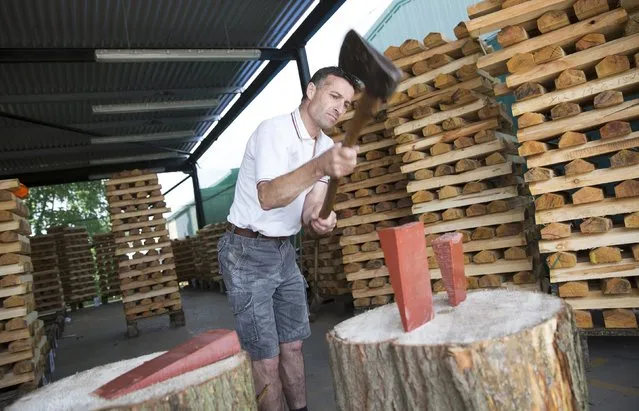
A worker demonstrates the traditional method of splitting logs into clefts at J S Wright & Sons cricket willow suppliers in Chelmsford, Britain July 6, 2015. J S Wright & Sons are the oldest and largest willow supplier, supplying English Willow to bat makers across the globe. The company sells 420,000 cricket blades from up to 10,000 willow trees per year. (Photo by Neil Hall/Reuters)
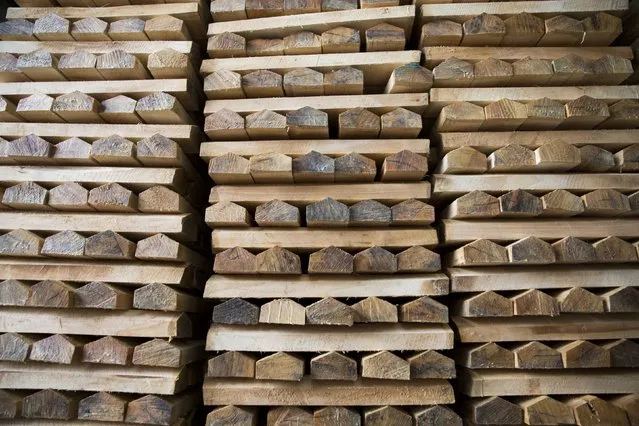
Cricket bat blades stand to be air dried at J S Wright & Sons cricket willow suppliers in Chelmsford, Britain July 6, 2015. (Photo by Neil Hall/Reuters)
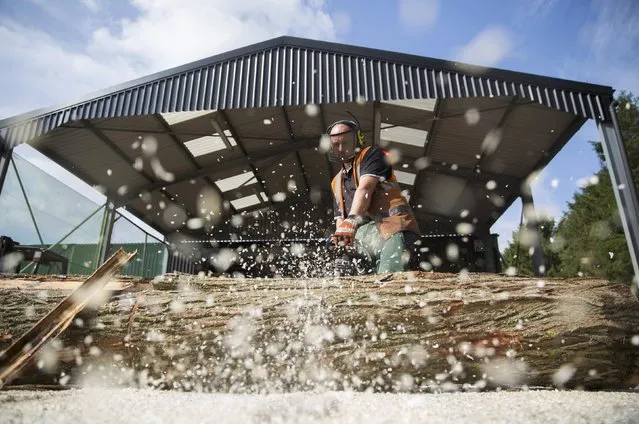
A worker chainsaws through logs at J S Wright & Sons cricket willow suppliers in Chelmsford, Britain July 6, 2015. (Photo by Neil Hall/Reuters)
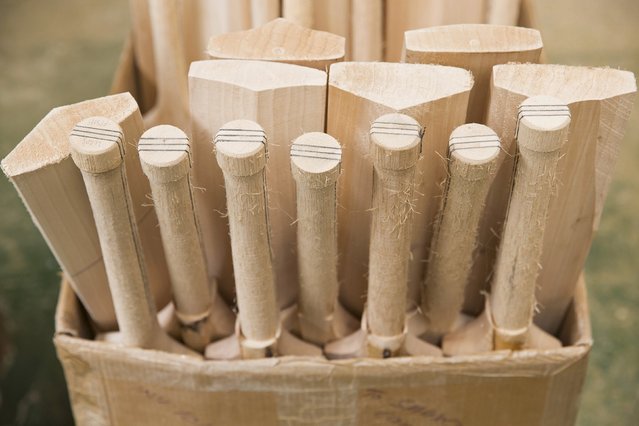
Part made cricket bats sit in a box at the Salix Cricket Bat Company in Langley, Britain July 6, 2015. Salix Cricket Bat Company use traditional tools and techniques to make cricket bats by hand. (Photo by Neil Hall/Reuters)
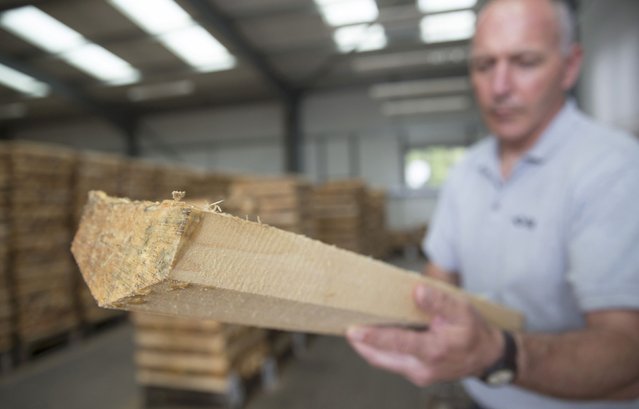
A worker checks the final grade of cricket bat blades at J S Wright & Sons cricket willow suppliers in Chelmsford, Britain July 6, 2015. (Photo by Neil Hall/Reuters)
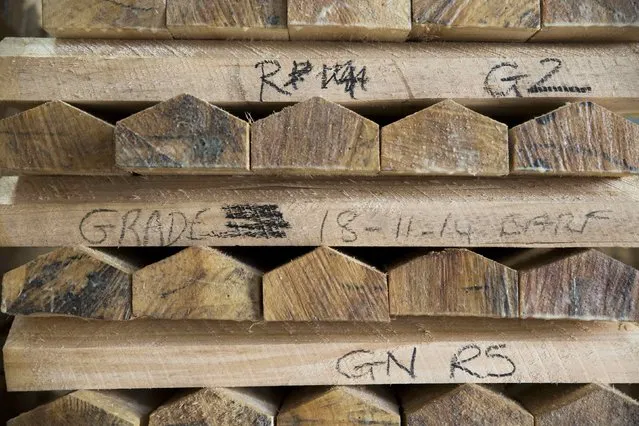
Cricket bat blades are seen marked with grades at J S Wright & Sons cricket willow suppliers in Chelmsford, Britain July 6, 2015. (Photo by Neil Hall/Reuters)
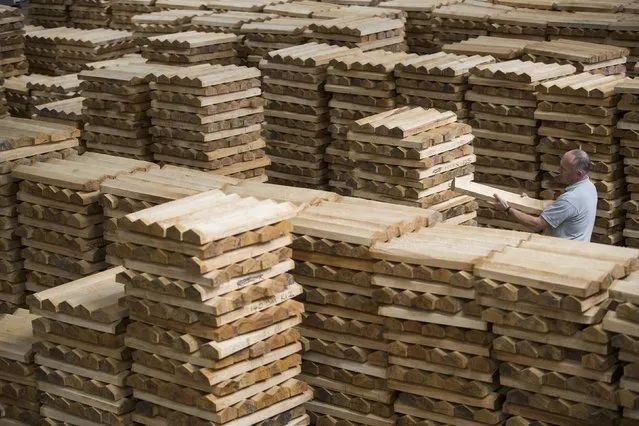
A worker checks the final grade of cricket bat blades at J S Wright & Sons cricket willow suppliers in Chelmsford, Britain July 6, 2015. (Photo by Neil Hall/Reuters)
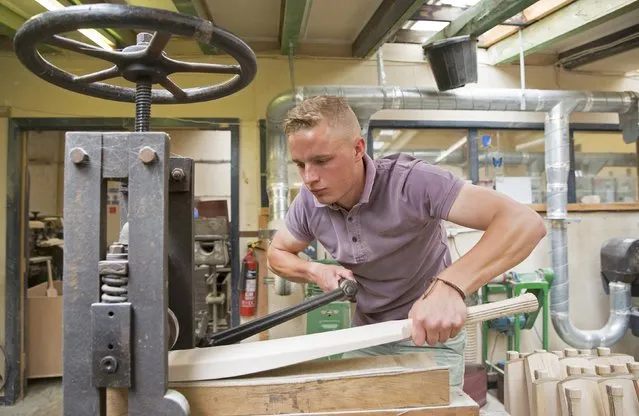
Worker Ben Bowles puts a cricket blade through a press at the Salix Cricket Bat Company in Langley July 6, 2015. (Photo by Neil Hall/Reuters)
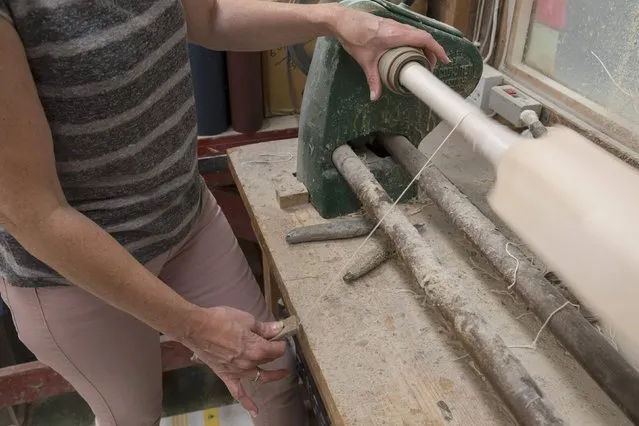
A worker binds a cricket bat with twine at the Salix Cricket Bat Company in Langley, Britain July 6, 2015. Salix Cricket Bat Company use traditional tools and techniques to make cricket bats by hand. (Photo by Neil Hall/Reuters)
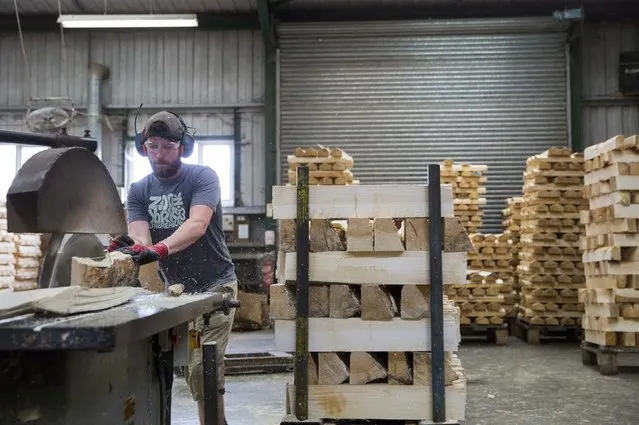
A worker saws clefts into cricket bat blades at J S Wright & Sons cricket willow suppliers in Chelmsford, Britain July 6, 2015. (Photo by Neil Hall/Reuters)
08 Jul 2015 12:08:00,
post received
0 comments
